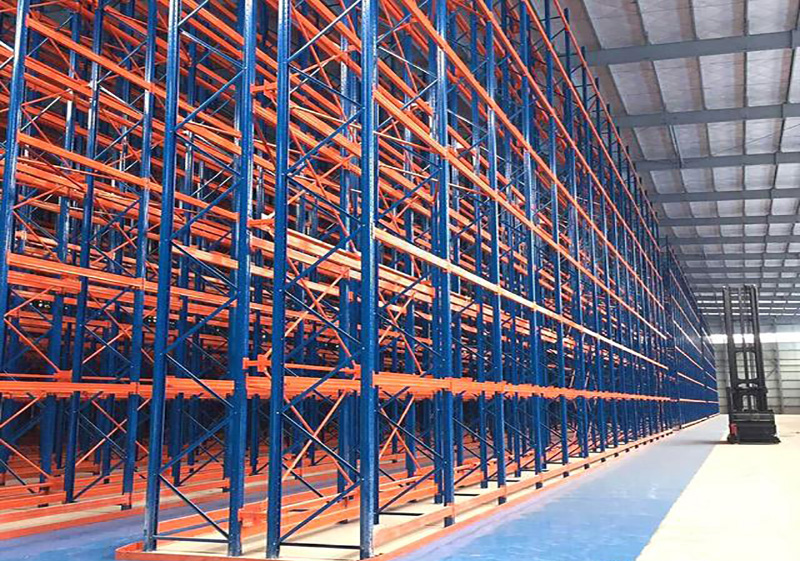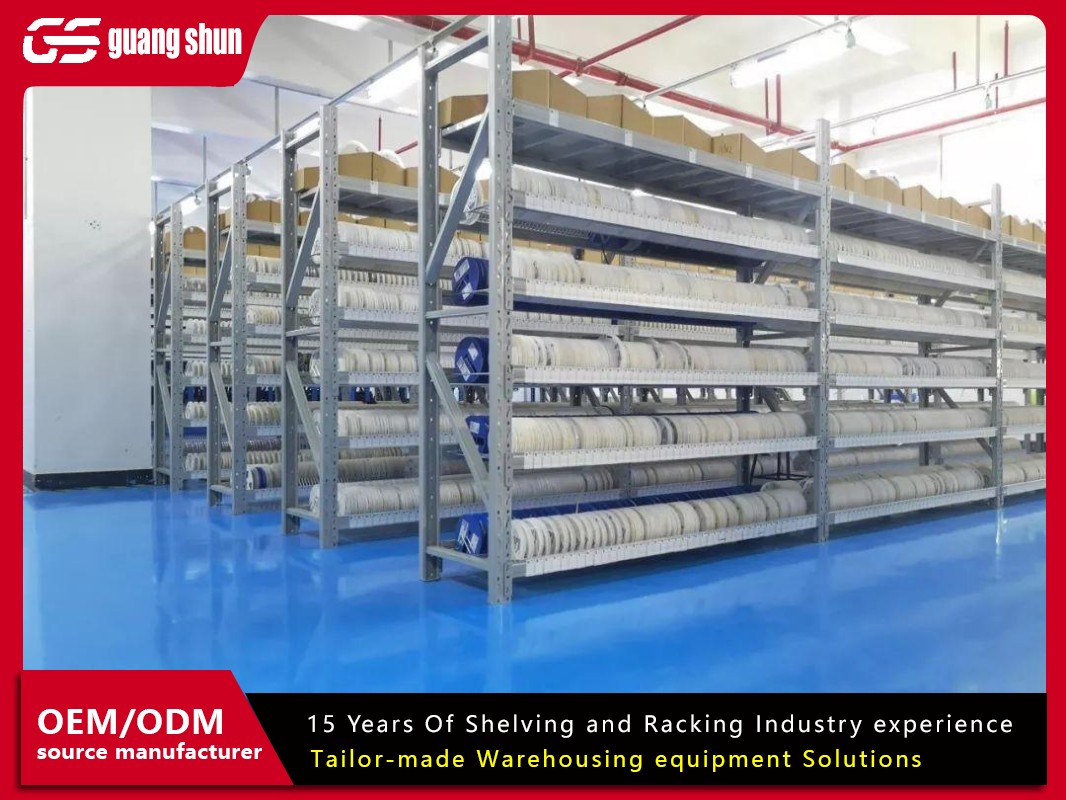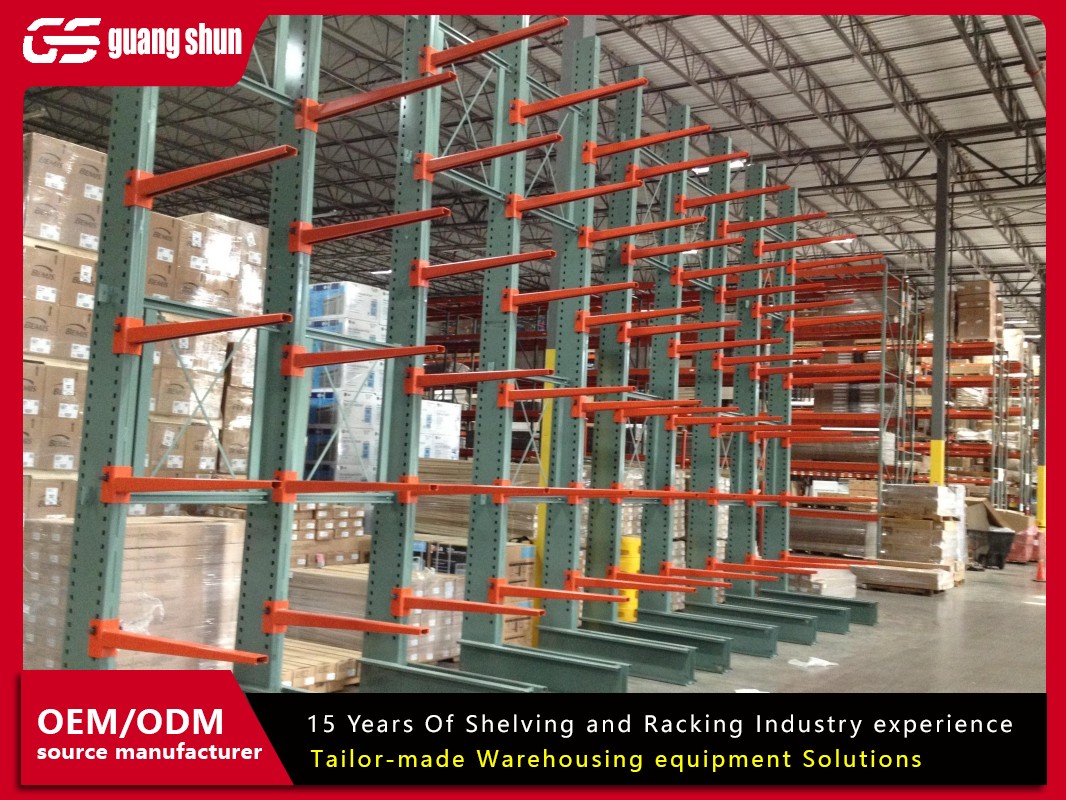In the relentless pursuit of maximizing warehouse space and boosting operational efficiency, storage solutions have evolved far beyond simple shelving. Among the most impactful innovations in dense storage technology is the push back rack system. While the name might sound straightforward, the engineering and operational principles behind it are what make it a game-changer for many businesses. This isn't just about storing more; it's about storing smarter. If you're grappling with space constraints and seeking a balance between selectivity and density, understanding the mechanics of a push back rack is your first step.
This article delves deep into the technology and design that make these systems a preferred choice for so many operations.

How a Push Back Rack Actually Works: The Mechanics of Flow
At its core, a push back rack system is a last-in, first-out (LIFO) pallet storage solution. But unlike its simpler cousin, the drive-in rack, it offers unparalleled speed and selectivity. The magic lies in its inclined cart and rail design.
Each storage level is a series of inclined rails, upon which nested carts sit. When a forklift operator loads a pallet, they do not place it directly onto a beam. Instead, they "push" the pallet into a bay. This action forces the cart (and any pallets already on it) to glide backward and upward along the incline. The kinetic energy from the new pallet moves the existing load deeper into the rack structure.
To retrieve a pallet, the operator simply removes the front-most one. The pallet immediately behind it then rolls down the inclined rail to the front position, gravity-fed and ready for the next pick. This elegant use of gravity and kinematics eliminates the need for complex machinery, making the push back rack both highly effective and remarkably reliable.
The Core Components: Deconstructing the System's Anatomy
To truly appreciate the engineering, you need to know its key parts:
Upright Frames: These are the vertical structures that form the backbone of the system, designed to handle significant vertical and horizontal loads.
Inclined Rails: This is the critical feature. The specific angle of the incline is calculated to ensure smooth, controlled movement of the carts under full load, preventing runaway pallets and ensuring safe operation.
Nested Carts: These wheeled carts ride on the inclined rails. They are designed to interlock and support the weight of multiple pallets. Their robust construction and high-quality bearings are vital for long-term, low-friction performance.
Pallet Supports/Beams: These components provide the final resting point for the pallets themselves, ensuring stability and even weight distribution on the carts.
The precise manufacturing and integration of these components are what separate a high-performance push back rack from a mediocre one. The tolerances, steel quality, and weld integrity are all non-negotiable for safety and durability.
The Unbeatable Advantages: Why Opt for This Technology?
The design of the push back rack system translates into several compelling operational benefits:
High Density with Good Selectivity: You can typically store 2 to 5 pallets deep per lane, dramatically increasing storage density compared to selective pallet racking. Yet, unlike drive-in racks, you still have immediate access to multiple SKUs stored in different lanes.
Improved Throughput and Labor Efficiency: The LIFO system is ideal for high-volume storage of products with moderate to high turnover. Operators spend less time maneuvering in and out of racks, leading to faster load and unload cycles.
Enhanced Safety: The system's design minimizes the need for a forklift to enter the rack structure, reducing the risk of damage to both the rack and the building. The controlled rolling motion of the carts also provides a more stable loading and unloading process compared to other high-density systems.
Space Utilization: By leveraging the cube of your warehouse—both height and depth—a push back rack installation can increase storage capacity by up to 75% compared to traditional single-deep racks.

Is a Push Back Rack System Right for Your Operation?
While powerful, this system isn't a universal solution. It excels in specific scenarios:
Ideal For: High-volume, medium-SKU-count environments. It's perfect for storing multiple pallets of the same product (SKU), or for batch production where LIFO inventory rotation is acceptable.
Less Suitable For: Operations requiring strict First-In, First-Out (FIFO) inventory control, or for warehouses with an extremely high number of SKUs where only one pallet of each is kept on hand. The need for some structural depth also means it may not be ideal for very narrow or irregularly shaped spaces.
The decision to implement a push back rack system should be based on a thorough analysis of your inventory profile, turnover rates, and available space.
Installation and Maintenance Considerations
Proper installation is paramount. The inclined design creates unique force vectors that must be accounted for in the anchoring and bracing of the structure. It's not a DIY project and should always be handled by certified professionals.
Maintenance is relatively straightforward but crucial. Regular inspections should focus on:
The integrity of the carts' wheels and bearings.
The condition of the inclined rails for any obstructions or damage.
The overall frame alignment and anchor bolt tightness.
A well-maintained push back rack system will provide decades of reliable service, making it a sound long-term investment for your material handling infrastructure.
The push back rack is a brilliant piece of engineering that turns the fundamental force of gravity into a logistics advantage. It represents a perfect middle ground in the storage solution spectrum, offering a blend of high density, good accessibility, and operational efficiency. By understanding the technology, mechanics, and ideal application scenarios outlined above, you can make a well-informed decision on whether this system is the key to unlocking your warehouse's full potential.
Frequently Asked Questions (FAQ) about Push Back Racks
Q1: What is the typical depth capacity of a push back rack system?
A1: Most push back rack configurations are designed to store pallets 2 to 5 deep per lane. The specific depth is customizable based on your storage needs, inventory turnover speed, and the available footprint in your facility.
Q2: Can push back racks be used for FIFO (First-In, First-Out) inventory management?
A2: No, by their fundamental design, push back rack systems operate on a LIFO (Last-In, First-Out) principle. The last pallet loaded is the first one to be retrieved. If strict FIFO is a requirement for your products, other systems like pallet flow racks would be a more suitable choice.
Q3: How much weight can a push back rack system hold?
A3: The weight capacity can vary significantly based on the design and components used. A standard push back rack system can typically handle loads ranging from 1,500 to 4,000 pounds per pallet position. It is essential to consult with a storage engineer to determine the exact specifications for your load requirements.
Q4: Are there any specific forklift operator training requirements for using this system?
A4: Yes. While operation is straightforward, forklift operators should receive specific training for a push back rack. This includes learning the correct technique for "pushing" the load in to avoid jarring impacts and understanding how to properly position the forks to engage and retrieve pallets from the rolling carts safely.
Q5: What is the lead time for the installation of a push back rack system?
A5: Lead times can vary based on the project's scale and manufacturer schedules. Generally, from design and manufacturing to final installation, a typical timeline can range from 6 to 12 weeks. It's best to plan your project well in advance and get a detailed timeline from your supplier.







